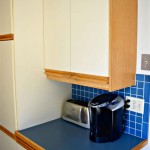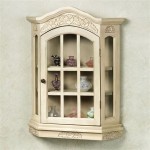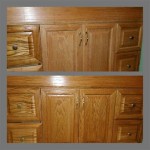If you are looking to upgrade your kitchen cabinets, sanding is a great way to achieve the look and feel you want. Sanding allows you to remove old finishes, smooth out imperfections, and create a pristine surface that can be painted, stained, or sealed with a clear coat. Whether you are sanding kitchen cabinets for the first time or you want to give your existing cabinets a refresh, this guide will help you get the job done right.
Before you start sanding, it is important to choose the right type of sandpaper for the job. For cabinets made of wood, use a medium-grit sandpaper such as 80-grit to remove old finishes and smooth out the wood. For metal cabinets, use a fine-grit sandpaper such as 150-grit to achieve a smooth finish. Once you have chosen the right sandpaper, it is important to make sure the cabinet surface is clean and free of dirt and grime before you begin.
To start sanding, begin by using a coarse-grit sandpaper, such as 40-grit, to remove any old finishes or imperfections. Start in one corner and work your way across the cabinet surface in a back and forth motion. Make sure to cover the entire surface, including the edges and corners. Once you have finished sanding with the coarse-grit sandpaper, switch to a medium-grit sandpaper and repeat the process. This will help to smooth out any imperfections and remove any remaining old finishes.
When you are finished sanding, you will need to remove any dust and debris that has been created by the process. Use a vacuum cleaner to remove any dust and debris. Once the surface is dust-free, you can start to apply a wood conditioner or sealer to the cabinets. This will help to protect the wood and give it a finished look. Once the wood conditioner or sealer has been applied, you can begin painting or staining the cabinets.
Sanding kitchen cabinets is a great way to give your cabinets a new look and feel. With the right tools and techniques, you can achieve professional-looking results. Just remember to choose the right type of sandpaper for the job, make sure the cabinet surface is clean before you start, and apply a wood conditioner or sealer once you are finished sanding. With a little bit of patience and attention to detail, you can give your kitchen cabinets a fresh new look.










Related Posts








